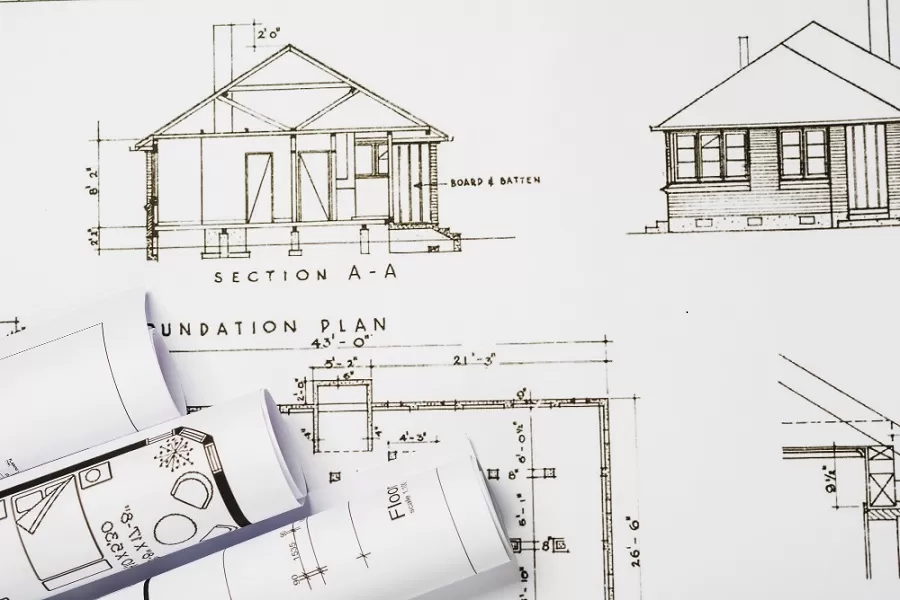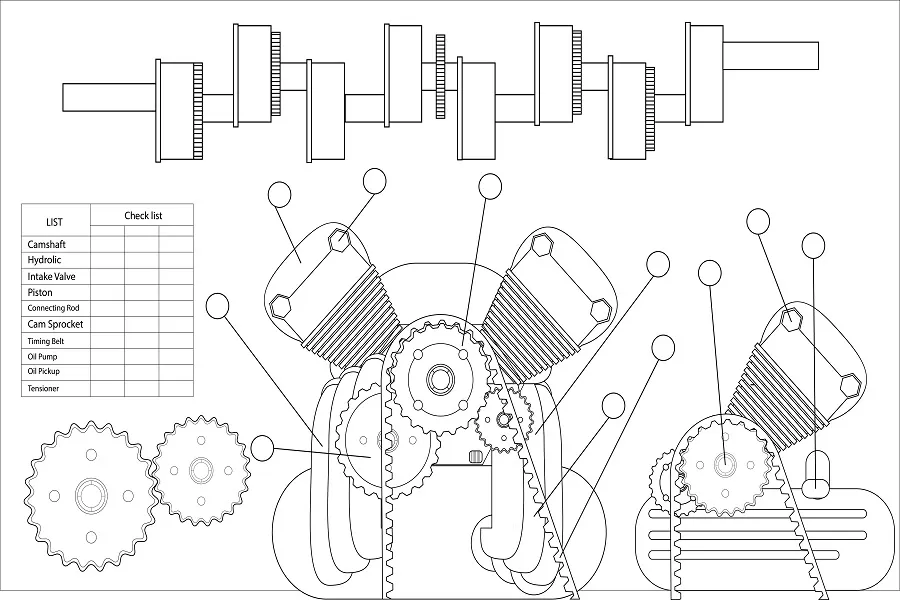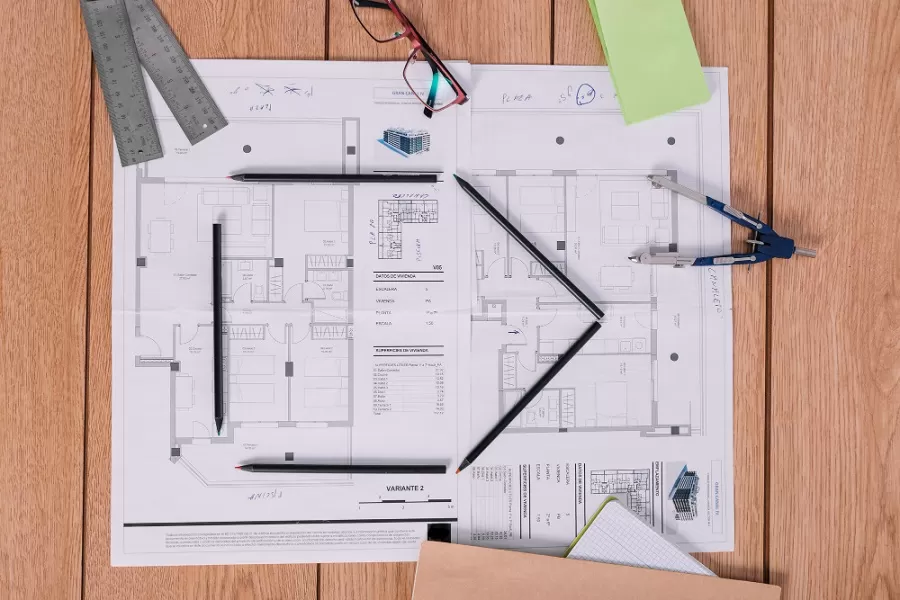Building construction is a multidisciplinary process that demands superior coordination and uninterrupted collaboration between different stakeholders – right from the design stage till the completion of the project. Any gaps in the exchange of information can have serious implications. Not only can it lead to errors and clashes during construction, but also causes significant time, resource, and material wastage.
Clashes happen when Architects, Structural Engineers, and MEP Contractors/ consultants work in silos and create their own designs and models for the same building. So when all the individual models are brought together by a Project Management team, all clashes show up.
Building Information Modeling (BIM)-based MEP coordination (also known as design collaboration) offers the easy way out. By integrating different MEP disciplines in a single 3D model, MEP BIM helps engineers get a detailed three-dimensional view of the different Mechanical, Engineering, Plumbing, and Fire Safety components – their location, piping, and distribution system. It helps them visualize, understand, and evaluate how different MEP components fit together and interact with each other as well as with the structural and architectural components of the building.
Why is BIM Multidisciplinary Coordination Important?
Mechanical, Engineering, and Plumbing, systems are the fundamental components of every building. They form the backbone of every architectural project and consume up to 60% of the total building construction cost.
For accurate construction and error-free functioning of the building, MEP components of the building must be designed in close association – not just with each other but with the structural and architectural elements of the building too. Designing them in isolation can lead to conflicts, clashes, and potential delays in project completion.
BIM multidisciplinary coordination is all about identifying and resolving clashes among different trades of the building – architectural, structural, mechanical, electrical, plumbing, fire safety and medical gas lines ensuring that one or more components are not occupying the same space – which may lead to clashes and reworks during construction.
A Step-by-Step Process That Ensures Clash-Free Building Design and Construction
BIM Coordination involves bringing together the entire design data into a single environment for design review, coordination analysis, simulation, and presentation. Bringing all the Revit models together gives the entire team a holistic view of how different building elements will interact during construction and operation.
A multi-step process, Clash Coordination takes your integrated BIM Models through the following stages to ensure error-free, clash-free design and construction:
Stage 1: Clash Detection
In this stage, software like Navisworks is used to identify clashes or conflicts between different MEP elements as well as with the architectural and structural plans.
Stage 2: Clash Resolution
This involves a team of experts skilled in Architecture, Structure and MEP to come together under a senior coordinator, make an optimal action plan, and use their knowledge to make or suggest changes in MEP design, reroute or recommend creative solutions to avoiding the clashes.
The clashes are resolved in a sequence based on project, with one order being:
• Clashes with structural elements
• Clashes with architectural elements – ceilings and walls
• Clashes between building services
Stage 3: Continuous Clash Evaluation
In this stage, the senior coordinator is continuously checking for new clashes while performing clash resolutions.
- Regular check of clash resolution progress
- Regular communication with the team and with the original designers
- Regular communication with the customer coordinator
MEP Multidisciplinary Coordination Ensures Minimum Wastage, Maximum Cost Saving
Onsite changes are always tedious and resource-heavy. They lead to a significant loss of time, labor, material, and money. That’s why onsite changes and clashes should be avoided as much as possible.
BIM allows you to construct your building twice – once on the computer and then on-site. By ensuring superior MEP coordination, it leaves little room for reworks and delays and helps you to maximize your savings and ROI.
Why Outsourcing of BIM Coordination Makes Sense?
BIM Clash Coordination is an iterative process and takes a lot of man-hours to resolve the clashes. Moreover, new clashes show up when the building elements are rerouted or repositioned. In most cases, there is a need to hire more expert hands on the job, but it’s only for a few weeks or months and the cost of hiring is high in most cases.
By Outsourcing your BIM Coordination tasks completely or partly, you can augment your team’s capabilities with cost-effective BIM specialists who can help you perfect your designs, shrink your costs and minimize your timelines. Today with BIM 360, it’s very easy to work with all teams located within and outside.
At Enginerio, we can help you with expert resources on a need basis. Using the latest BIM Coordination technologies, we help you identify clashes, resolve clashes and provide coordinated Revit models for hassle-free construction. Connect with us for best-in-class BIM services at the most cost-effective price.





